Cables and Drums User Guide

Cables and Drums User Guide
INTRODUCTION
Cables are carrying electricity or signal from one point to another and they should work with full performance and the longest duration; therefore, handling, transportation and storage of the cables are extremely important as well as their design, production and testing. The most common and safest way to carry cables from the factory to the end user is using cable drums. Handling, transporting and storing cable drums should be done correctly, so when the cables are installed, they will be less problematic and without any defect as they are first produced.
This article consists of advises that include the precautions to take in order to minimize the accidents and losses that can occur during the transport, storage and use of the drums and the applications to perform so that the cables can be more efficient and have longer lifespans.
1. DRUMS HANDLING
1.1. Position of Drums
Drums must be handled only in the upright position, not on the flanges.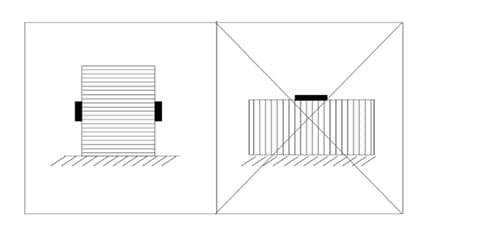
1.2. Loading
Drums must be lifted only with mandrel or a chain through the central hole. It is important to use a spacing bar to leave a gap between the chain and the flanges of the drum. Do not lift more than one drum if its diameter is equal to or greater than 1,2 meters.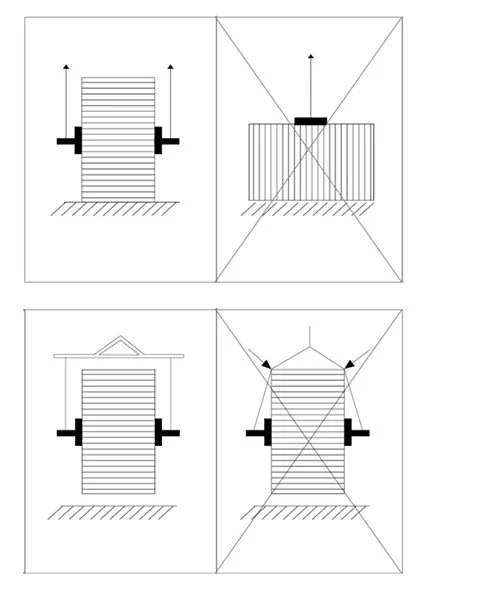
1.3. Unloadin
When unloading from vehicles (truck, ship, wagon etc.) the correct lifting gear must be used (forklift, truck, crane, etc.). Never drop drums, even from a small height.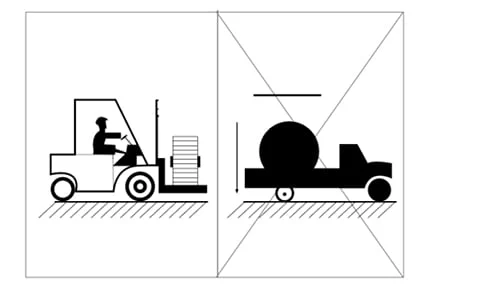
1.4. Handling by Forklift
If a forklift is used, always cradle both drum flanges between the forks. The forks must not bear on the unsupported laggings between flanges.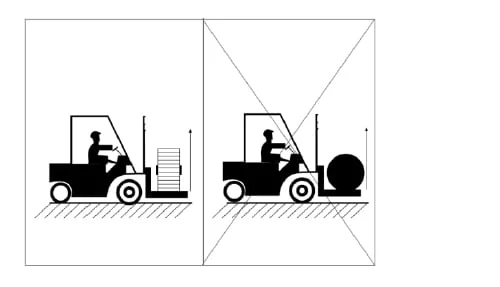
1.5. Rolling
Drums are permitted to be rolled for short distances, the ground being smooth and free of injurious impediments, but only in the opposite direction of the arrow painted on flanges. If arrow sign is missed, drums may be rolled but only in the direction to cable winding, to keep cable from loosening the drum.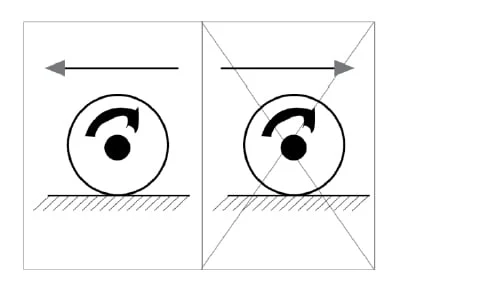
1.6. Paying-off the Cable
When paying off a cable from a drum;
- The lower end of the cable should be free.
- Drums should be unreeled without exceeding the maximum allowed pulling force of the cable.
- The minimum bending radius of the cable should be equal to or greater than 15x of the outer diameter of the cable.
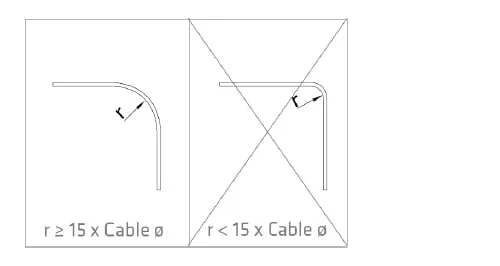
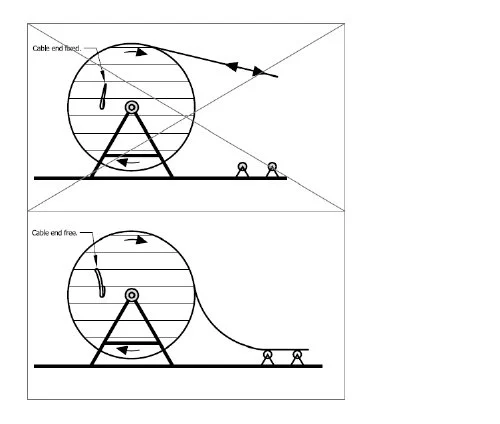
2. TRANSPORT REQUIREMENTS
2.1. Position of the Drums
Drums must be transported only in the upright position, not on the flanges. Never allow an unauthorized person to operate any lifting device or a mechanical transport.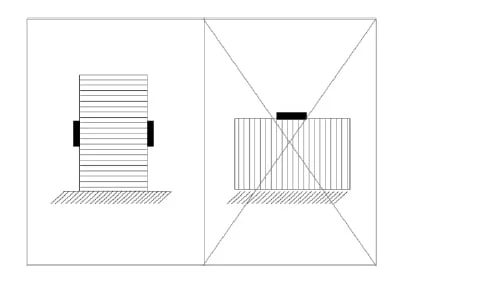
2.2. Fastening Drums
Wedges must be used to retain drums. Wedges must be positioned at flanges’ edges and not between flanges. The use of stones is forbidden. Where the load is unusual and is likely to need special care, ensure that all precautions are properly checked before the transport is allowed to move.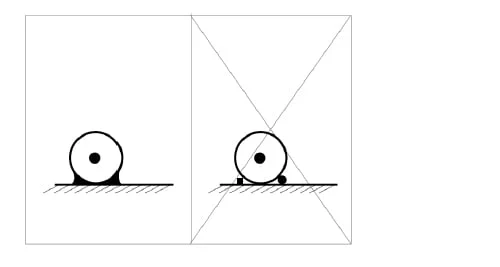
2.3. Use of Nails
When nails are used to fasten drums on vehicles, be sure that the length of the nail is less than the thickness of the flange..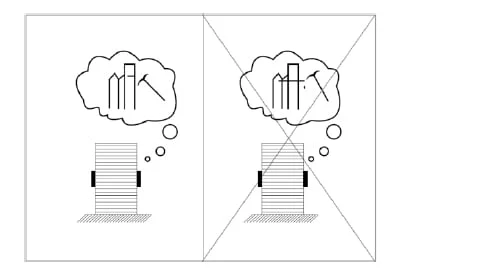
2.4. Bigger Drums
Drums with diameter greater than 1,6 meters must be supported by wedges and must not touch the vehicle’s floor. Never use a lifting device or transport device for a weight which exceeds its permitted capacity.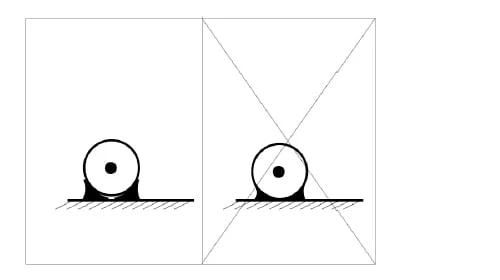
2.5. Binding of the Drums
Binding must be made with ropes crossing through the central hole and, if necessary, on the drum flanges. Binding with ropes only crossing the drum’s edges is strictly forbidden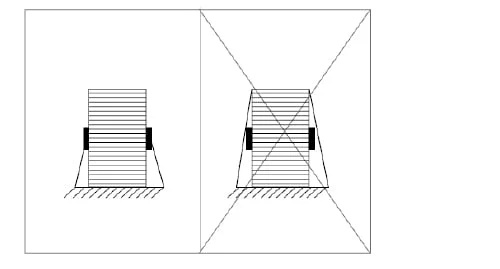
2.6. Multiple Drum Storage
Multiple drum storage, either double or single layer must be obtainedwith flange to flange contact. Flanges contacting to unsupported part of lagings are forbidden.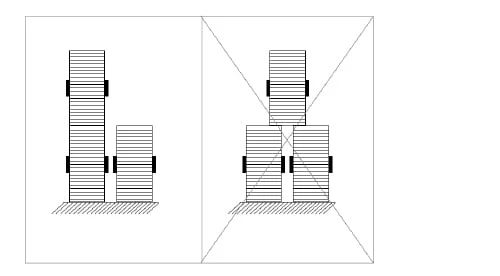
3. STORAGE REQUIREMENTS
3.1.
Do not store near heat sources.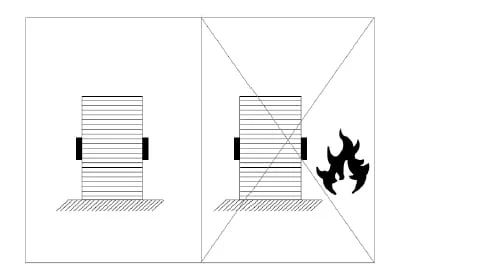
3.2.
Do not store on vibrating surfaces. (Ship engine room etc.) The bolts should be tightened monthly.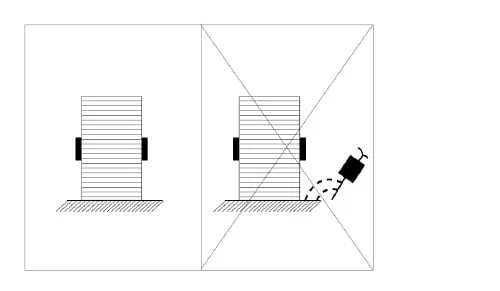
3.3.
Do not store on irregular surfaces. The drums should be rolled to an angle of 90° every three months.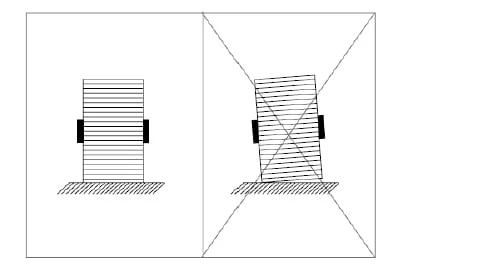
3.4.
Do not store on soft surfaces.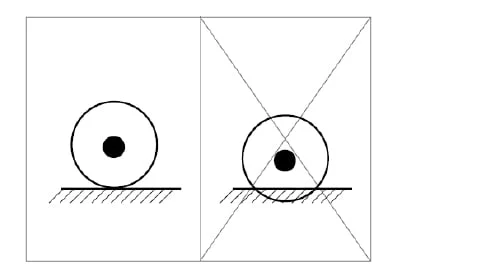
3.5.
Do not store on areas liable of flooding. All cable ends must be fully sealed at all times to prevent the ingress of water. It is preferable to store reels off the ground on timbers or other supports. In damp locations, it is advisable to allow at least 3 inches between reels to permit circulation of air.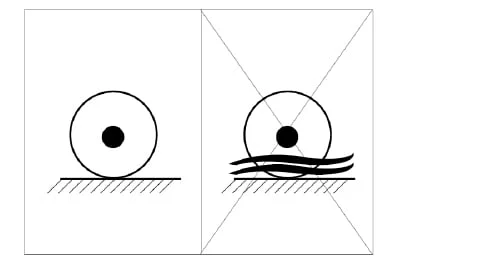
3.6.
In long term storages, drums should be stored in order to be protected from effects like rain, sunlight etc. If storage is more than 24 months, drums must be stored in an indoor area with A/C system.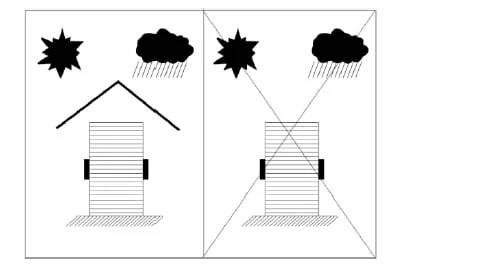
Gamze KEÇECİ
E-posta: [email protected]


